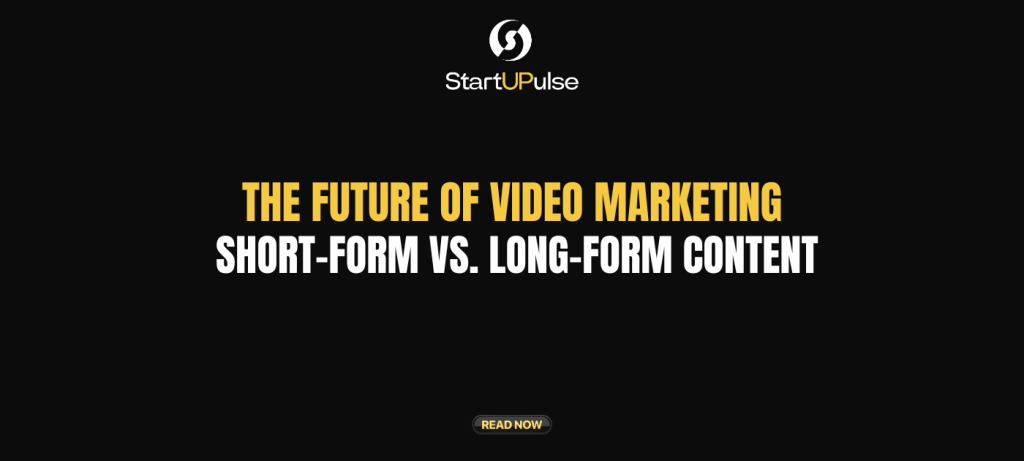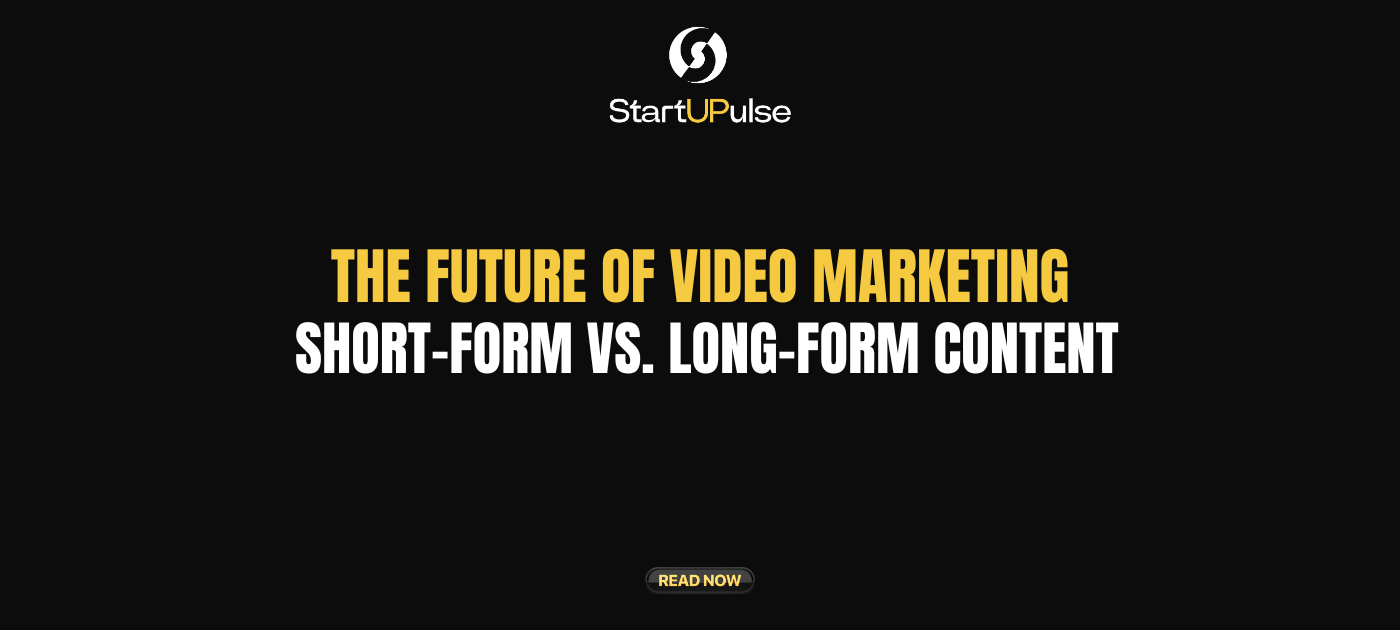
Video marketing has become an essential component of digital marketing strategies. With the rise of social media platforms, video consumption has exploded, leading businesses to explore various formats to engage their audiences. As marketers look to the future, a key question emerges: which is more effective—short-form or long-form video content? In this blog, we’ll explore the strengths and weaknesses of both formats, helping you determine which approach is right for your brand.
The Rise of Short-Form Video
Short-form videos, typically under one minute, have gained immense popularity, especially on platforms like TikTok, Instagram Reels, and YouTube Shorts. Here are some key reasons for their rise:
- Attention Span
In today’s fast-paced digital environment, consumers have shorter attention spans. Short-form videos cater to this trend, delivering quick, impactful messages that can capture attention instantly. These bite-sized videos are perfect for delivering quick tips, highlights, or entertaining content that resonates with viewers. - Shareability
Short-form content is highly shareable, making it easier for brands to reach wider audiences. Engaging, entertaining, or informative short videos often encourage users to share with their networks, increasing organic reach and brand visibility. - Cost-Effective Production
Creating short-form videos often requires fewer resources and less time compared to long-form content. Businesses can quickly produce and publish short videos, allowing for a more agile marketing approach. - Versatile Marketing Opportunities
Short-form videos can be utilized for various marketing objectives, from promoting products to enhancing brand awareness. They can be integrated into email campaigns, social media ads, and even website content, providing versatility in messaging.
The Value of Long-Form Video
While short-form video content is thriving, long-form videos (typically over five minutes) continue to hold significant value in video marketing. Here are some advantages of long-form content:
- In-Depth Storytelling
Long-form videos provide the opportunity for brands to tell deeper, more comprehensive stories. This format allows businesses to showcase their brand’s values, mission, and unique selling propositions in greater detail, fostering emotional connections with the audience. - Educational Content
For businesses in sectors such as technology, finance, or education, long-form videos can effectively convey complex information. Tutorials, webinars, and product demonstrations are ideal for this format, allowing viewers to gain valuable insights and knowledge. - Improved SEO and Engagement
Long-form content tends to perform well in search engine rankings due to its comprehensive nature. Additionally, viewers who engage with long videos are more likely to spend more time on a brand’s channel, enhancing overall engagement metrics. - Enhanced Brand Authority
Producing high-quality long-form content can position your brand as an authority in your industry. By sharing valuable insights, expert interviews, and in-depth analyses, you can build trust and credibility among your audience.
Striking the Right Balance
As video marketing continues to evolve, the key for brands will be to find the right balance between short-form and long-form content. Here are some strategies to consider:
- Audience Preferences
Understand your target audience’s preferences and behaviors. Analyze engagement metrics to determine which format resonates more with your viewers. You may find that different segments of your audience prefer varying lengths of content. - Platform Suitability
Consider the platform where you’re sharing your video content. Short-form videos work well on social media platforms geared towards quick consumption, while long-form content is more suitable for platforms like YouTube or for hosting on your website. - Content Repurposing
Repurpose content to maximize your efforts. For example, a long-form video can be edited into shorter clips for social media, allowing you to reach different audiences while providing valuable content. - A/B Testing
Experiment with both formats through A/B testing. Track engagement rates, view times, and conversion rates to see which type of content yields better results for your specific goals.
Conclusion
The future of video marketing lies in understanding the strengths of both short-form and long-form content. As consumer preferences evolve, businesses must adapt their strategies to create engaging, relevant video content that meets their audience’s needs. By striking the right balance between the two formats, brands can enhance their marketing efforts and connect more effectively with their audience.
Join StartUPulse for More Insights
At StartUPulse, we are dedicated to supporting startups and professionals in navigating the ever-changing landscape of digital marketing. Our community provides a platform for knowledge sharing, networking, and exploring innovative strategies, including video marketing. Join us to connect with industry experts and stay informed about the latest trends that can help your business thrive!
















